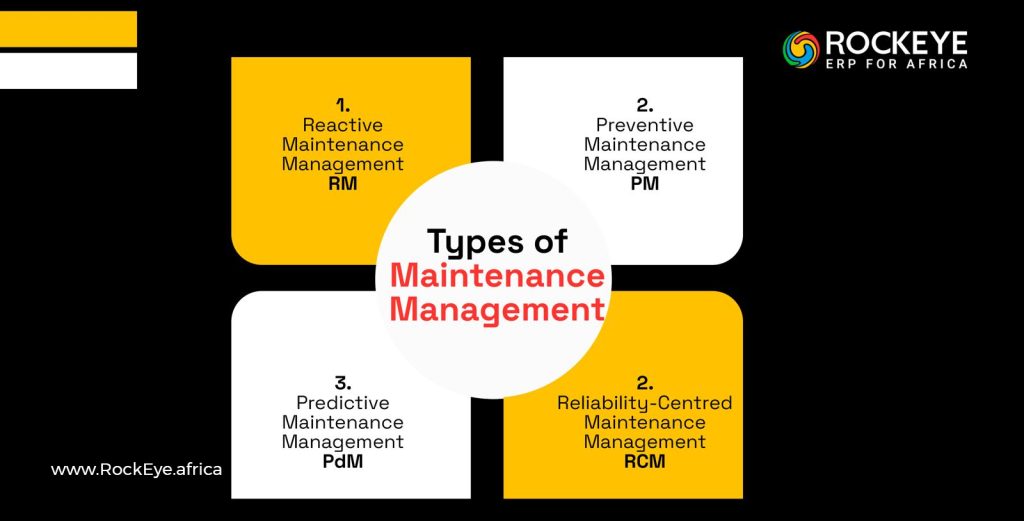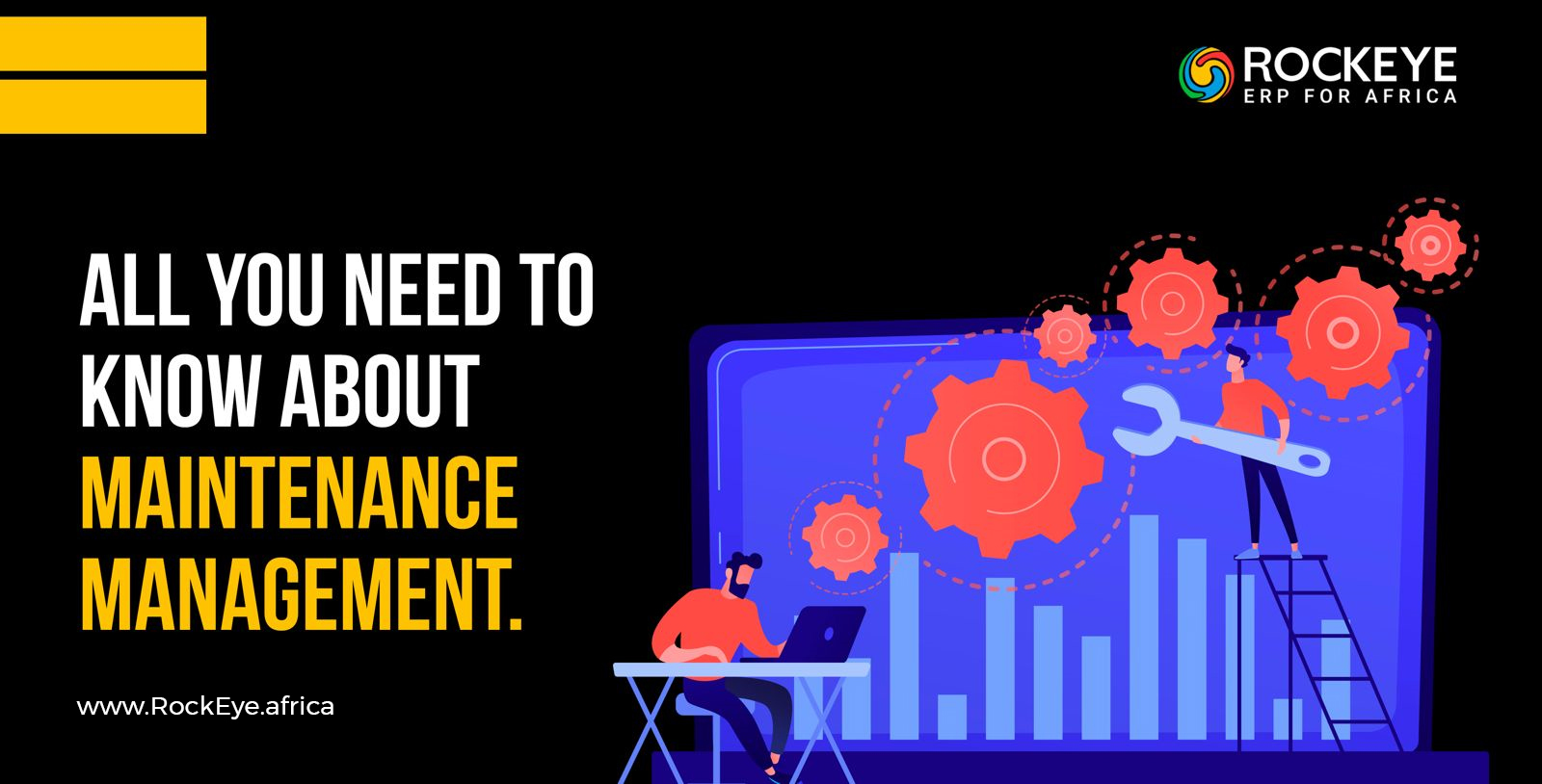What is Maintenance Management?
Maintenance management is an aspect of the oil and gas business sector that requires utmost attention because it is the engine room for a successful business operation. It affects everything in an organisation including the level of productivity, performance and revenue. It involves managing the assets and resources of an organisation to ensure a consistent flow of profits.
Imagine a phase when equipment abruptly breaks down due to either wear and tear or poor maintenance practices; revenue will stop flowing, customers’ agreements will be at risk, and profit margins will be squared.
Therefore, to avoid bankruptcy, companies must adhere to maintenance management schedules or programs to ensure the longevity of machinery, acquisitions, facilities and the entire business.
In this article, you will get the necessary insights on maintenance management and the best solution to having a quality maintenance system. So stick with us.
What Is Maintenance Management
Maintenance management is the procedure of maintaining a company’s valuable items while controlling time and cost, guaranteeing maximum efficiency. It involves keeping track of the company’s equipment and ensuring it is in a proper state to produce. The goal is to ensure that productivity proceeds efficiently, and resources are used effectively.
Maintenance management in the oil and gas business has gone from a handwritten process to a Computerised Maintenance Management System (CMMS). This software schedules, tracks, measures, and optimises every structure of maintenance programs in one central system. A maintenance management system is not just about tracking and planning, it is a combination of trained personnel and software focused on the same objective.
Let’s take a look at the importance of maintenance management.
Why is Maintenance Management Important
Maintenance management is crucial in the oil and gas industry as it ensures the long-term success of company assets by putting in quality monitoring, strengthening operations and keeping every piece of equipment in optimum running order. It will help the organisation’s maintenance management schedule and ensure necessary strategies are duly observed.
In several organisations, adequately maintained assets and resources keep equipment stable, and extensively minimise the likelihood of unplanned downtime.
Unplanned downtime can cause issues like repairs, delayed freight, lost revenue, equipment failure or a complete breakdown of machines.
Equipment failure can be costly and result in the loss of effective performance and revenue, as well as the need for expensive repairs or replacement. It can also pose a serious risk to employees in a company.
Meanwhile, regular maintenance helps to identify and address safety risks before they become severe problems. Maintenance improves efficiency and reduces the costs of unplanned budgets. Well-maintained equipment is more efficient, less costly and consumes less energy than poor-maintained equipment.
Maintenance management also enhances productivity in the oil and gas business sector. It ensures that freights don’t have any unseen issues, and it improves workplace safety and minimises human errors.
The key to success in downstream businesses and other organisations is diligence in implementing an effective maintenance program. In the long run, it increases business growth and amplifies the level of a company’s integrity to its customers.
Improving maintenance management should be a continuous goal for every oil and gas business, there is no one-size-fits-all solution. So, if you need support or expertise in shifting your maintenance management practices, RockEye is right here. Our solution is designed to keep all your assets and maintenance requests organised, guaranteed to keep your downstream business running smoothly.
Types of Maintenance Management Strategies
There are four types of maintenance management systems that every downstream business can use – either separately or in conjunction – to enable an efficient and cost-effective maintenance strategy.

Reactive Maintenance RM
This type of maintenance is also called corrective or breakdown maintenance. Reactive maintenance is implemented as a response after an asset has ceased to function effectively. It is established on low-priority equipment, which does not affect a company’s revenue. For instance, if a forklift isn’t functioning, an RM will ensure the part is changed completely instead of constant repairs.
Preventive Maintenance PM
This is also called planned maintenance. PM involves the regular arrangements and routine repairs on equipment to prevent unplanned maintenance and asset breakdown. It is aimed at high-level equipment that does multiple operations.
With Preventive maintenance on your equipment, the records of the manufacturer recommendations are needed to help get valid information. For instance, vehicles need oil changes, and with the data from the manufacturer, you would understand the period to change the vehicle oil.
It could be daily, monthly or quarterly, but once you know the instructions, PM becomes easier, and more effective to calculate and ensure proper maintenance. Although you don’t have to be bothered with such issues, all you have to do is get RockEye’s Maintenance Management Solution, and we will take care of everything for you.
Predictive Maintenance PdM
Predictive maintenance uses analytic software and the Internet of Things (IoT) to assess the real-time situation of every piece of equipment. It also detects signs of abnormalities or breakdowns that could lead to failures and helps fix them. PdM is designed to predict failure trends through condition monitoring and software language.
With a predictive language maintenance strategy, downstream can reduce unplanned downtimes, optimise maintenance plans and resolve little issues before they escalate. Therefore, every downstream business needs to use predictive maintenance on their equipment and facilities because it serves more and improves performance, including workplace safety.
Reliability-Centred Maintenance RCM
This is a strategy that is executed to enhance the maintenance schedules. It implies that every optimised asset in the company will have a specific maintenance plan. RCM’s goal is to clarify failure modes and over time. It also improves the reliability and safety of a company’s equipment.
Objectives of Maintenance Management
According to the survey from Finance Online, an estimated 34% of unscheduled equipment downtime occurs due to ageing and weak equipment, and this has cost many downstream businesses unplanned budgets to repair or replace the cost of the damages due to lack of maintenance management on their assets and facilities. Therefore, avoiding unnecessary occurrences is one of the reasons maintenance management is crucial in oil and gas businesses.
There is more to this.
It controls costs
Controlling costs is one of the major aims in maintenance management because it helps an organisation use its resources for other necessary items. When budgets are set and well-managed, a company will grow as its profit margins expand.
Maintenance management also helps managers with accurate information that will enable them to allocate proper funds for maintenance schedules without stress.
It helps minimise downtime
Maintenance management schedules help attenuate the loss of productive time due to failure, by establishing a planned maintenance program. The strategy ensures the rules and structures for freights and other facilities in a company are strictly adhered to, and that all issues are fixed before use. When equipment breaks down consistently, it affects productivity and performance, with the risk of losing potential customers.
If you are currently facing challenges with continuous equipment downtime, talk to us. RockEye is always ready to provide the best solution to ease your worry. Our intelligent solution provides preventive maintenance features to reduce downtime and improve efficiency.
Extend Asset life
The assets in downstream businesses consist of heavy machinery that carries out multiple functions. This makes maintenance management schedules crucial, not just to avoid unplanned repairs but to help extend the equipment’s life duration. When organisation equipment is properly checked, serviced and cleaned, it tends to last longer.
Why You Need Maintenance Management Software
Now, you know what maintenance management is, its importance, benefits, and types. These four strategies will not be effective if applied to your equipment manually, and this is why you need maintenance management software. It will ensure the strategies are seamlessly carried out without stress and are supervised by trained personnel to ensure maximum productivity. You don’t have to look for any expert; RockEye is here.
RockEye Maintenance Management Solution can implement the above strategies in your maintenance schedule or program with ease and guarantees 100% performance and productivity.
Our Computerised Maintenance Management Solution (CMMS) is designed to keep all your assets and maintenance requests organised so that you can keep your downstream business running smoothly. It provides advanced features such as smart scheduling of work orders and preventive maintenance, to reduce downtime and improve efficiency.
This solution is also equipped with intelligent features that allow companies to create customised schedules for asset inspections and take up preventive maintenance programs and other recurring tasks.
With RockEye CMMS solution, you can generate detailed reports and get data insights into your asset maintenance, enabling decision-making and better asset management. We help you streamline all your asset maintenance processes while reducing costs and increasing efficiency, giving you peace of mind knowing that your assets are in good hands.
You can visit our website: https://www.Rockeye.africa/solutions/maintenance-management.html for more information on how to get our Maintenance Management Solution.


